The 15 greatest happenings in guitar history
From humbuckers to Hitler, these events shaped the guitar as we know it
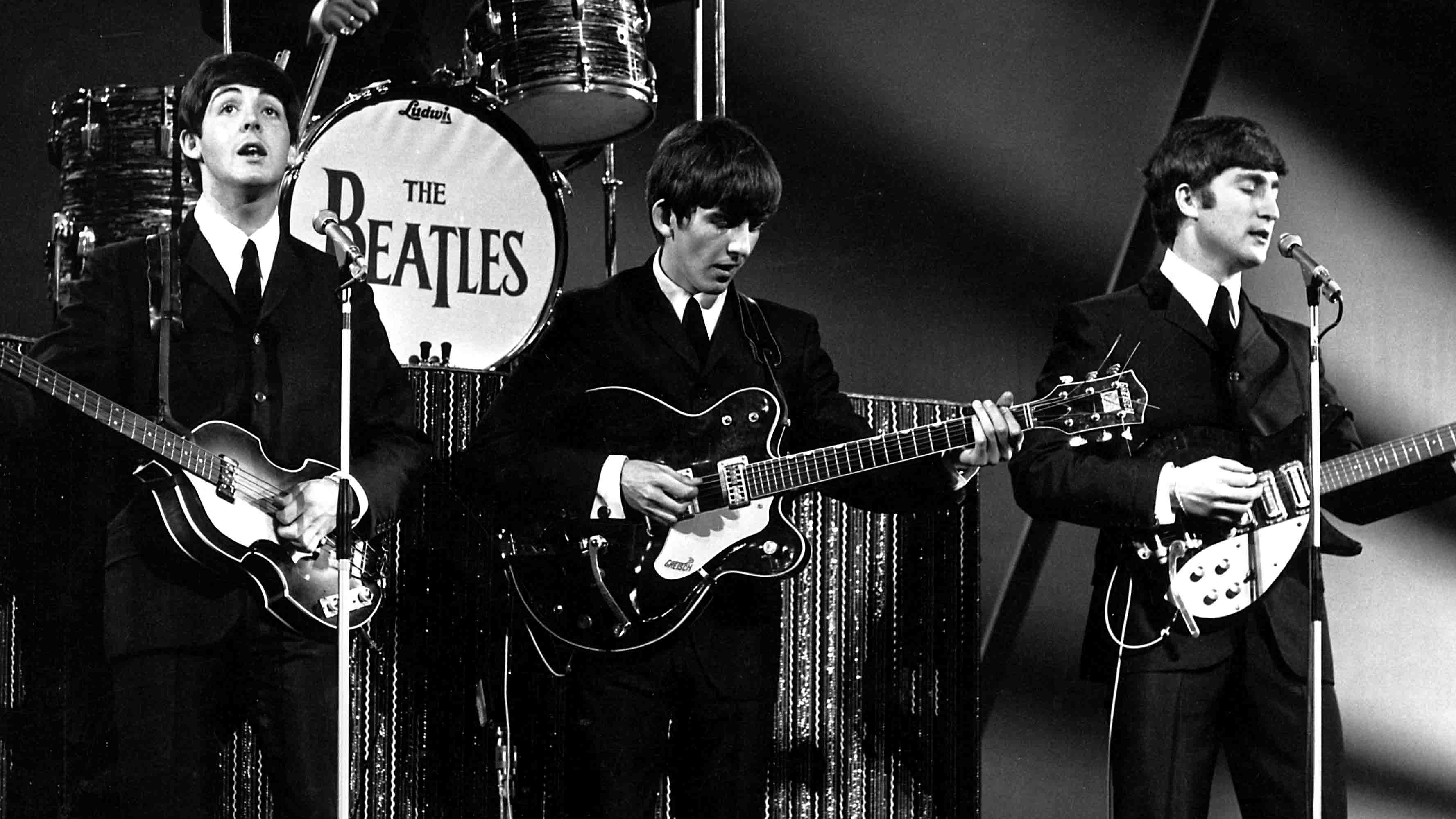
- Johnny Rotten saves shred guitar
- Luther Perkins invents the guitar hero
- The Les Paul gets its second chance
- Hitler does his bit for rock’n’roll
- Joe Satriani pulls off the impossible
- Leo Fender’s bog standard classic
- The hum gets bucked
- ‘The Quiet One’ changes the world
- Jimmy Page pulls a fast one
- Jimi deconstructs the Star Spangled Banner
- Sister Rosetta invents rock’n’roll
- Muddy Water plugs in. We all get electrified
- Satisfaction guaranteed
- Vox breaks all the rules
GUITAR SHOWCASE 2022: Join us on a tour through 100 years of guitar history with the help of a Beatle, a Stone and some unwittingly helpful Nazis...
Named after an old warship, the Martin Dreadnought was first launched back in 1916 and made for The Oliver Ditson Company. By 1931, Martin began producing its own D-designated Dreads and the design has been mercilessly ripped off by other manufacturers ever since.
Johnny Rotten saves shred guitar

Back in the mid-80s, most shredders were spunking their talents on bad hair metal stuff and tedious instrumental LPs. Then ex-Sex Pistol John Lydon threw the genre a bone when he booked Steve Vai to fill in the lead guitar gaps on his Public Image Limited album called, er, Album.
The result is one of the greatest culture clashes ever, a collaboration that Mr Vai justly considers a career highlight.
Luther Perkins invents the guitar hero
Johnny Cash sideman Luther Perkins was not a guitar virtuoso. The bloke wasn’t a great showman either. His cadaverous onstage demeanour where only his hands appeared to move was often affectionately lampooned by The Man In Black.
What Luther had was the ability to come up with the perfect part for a song. And he had his own unique sound. That, ladies and gentlemen is the definition of the lead guitarist.
The Les Paul gets its second chance
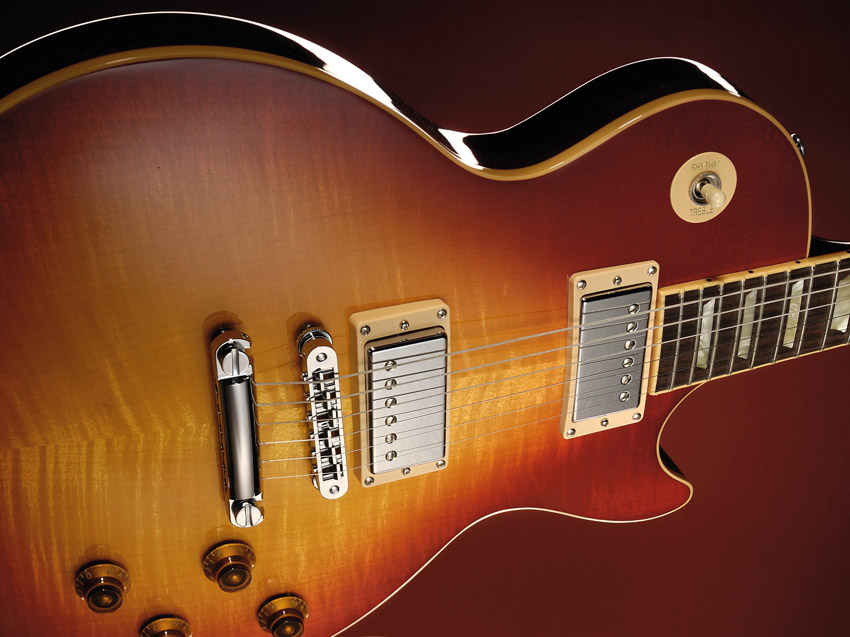
It’s hard to imagine now, but by 1961 the iconic single-cutaway Gibson Les Paul was finished, replaced by a slim-line Devil-horned model that would soon become better known as the SG.
Want all the hottest music and gear news, reviews, deals, features and more, direct to your inbox? Sign up here.
The new model was a big hit, yet by 1968 the original Les Paul design was back in business. You can thank LP devotees Eric Clapton, Peter Green and US blues boy Michael Bloomfield for the reboot. The Les Paul has been in production ever since.
Hitler does his bit for rock’n’roll

When tireless guitar tinkerer, effects pioneer and inventor Les Paul began working on the concept of multi-track recording he based his experiments around tape machines seized from the Nazis in the then newly liberated France.
After receiving the machine, via his good friend and crooner Bing Crosby, he set about ensuring that guitarists would never have to fret about pulling off a perfect take in the studio ever again.
Joe Satriani pulls off the impossible
There’s no denying Joe Satriani is an exceptional musician. This guy gave Steve Vai lessons for god’s sake. But not even Satch himself expected that his guitar playing would go over so well with a mainstream audience.
While other shredders made self-indulgent fluff for their fellow guitar geeks, Satch albums like 1987’s Surfing With The Alien and 89’s Flying In A Blue Dream set up residence in the Billboard charts. This guy was selling instrumental rock to people who didn’t even play guitar.
Leo Fender’s bog standard classic
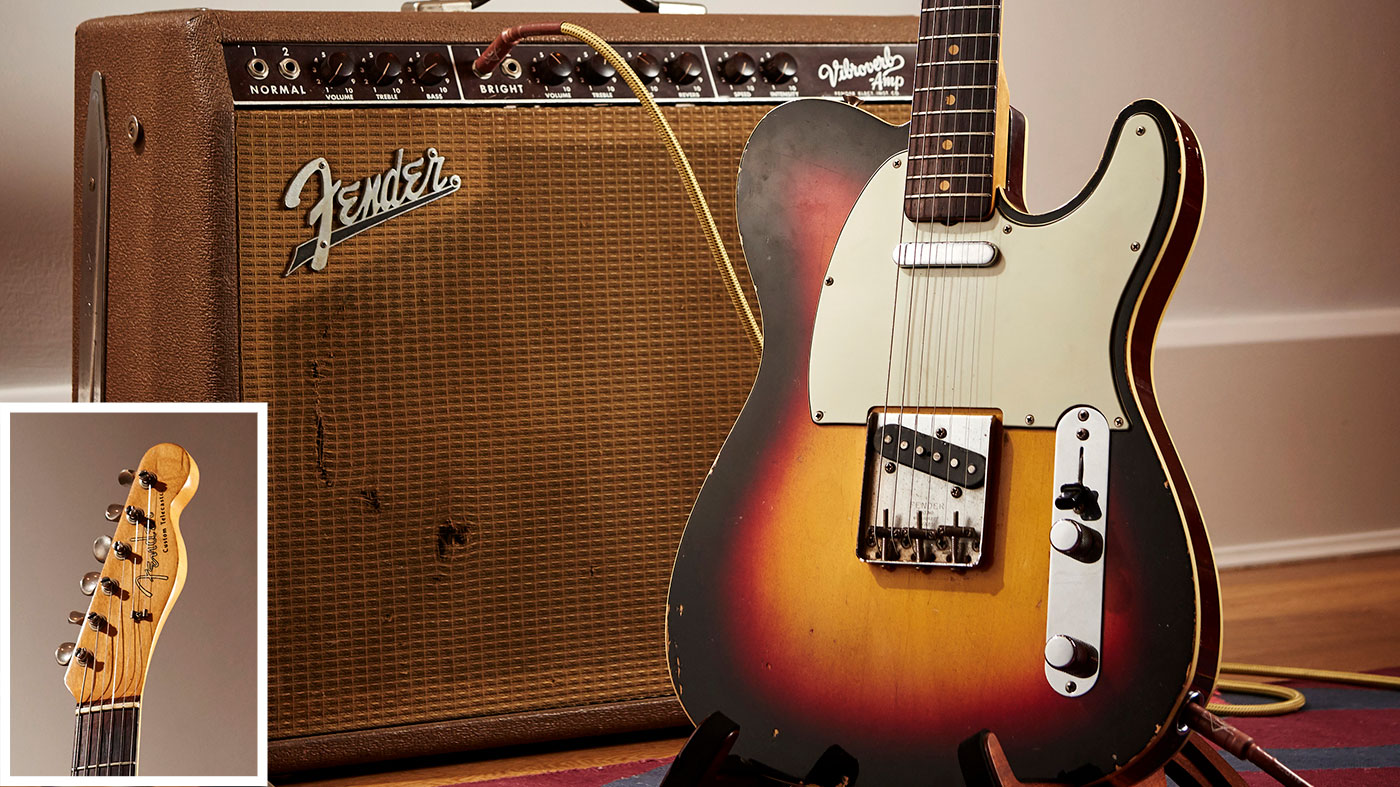
When California-based steel guitar and amplifier manufacturer Leo Fender unveiled his first solid body six-string in 1950, it was not met with universal acclaim. Exhibiting his single pickup Esquire electric guitar at a trade show that year, one passing wag dismissed it as a ‘toilet seat with strings’.
The model would soon be offered in a two-pickup version called the Telecaster. The first commercially available solid body electric has been in production ever since.
The hum gets bucked
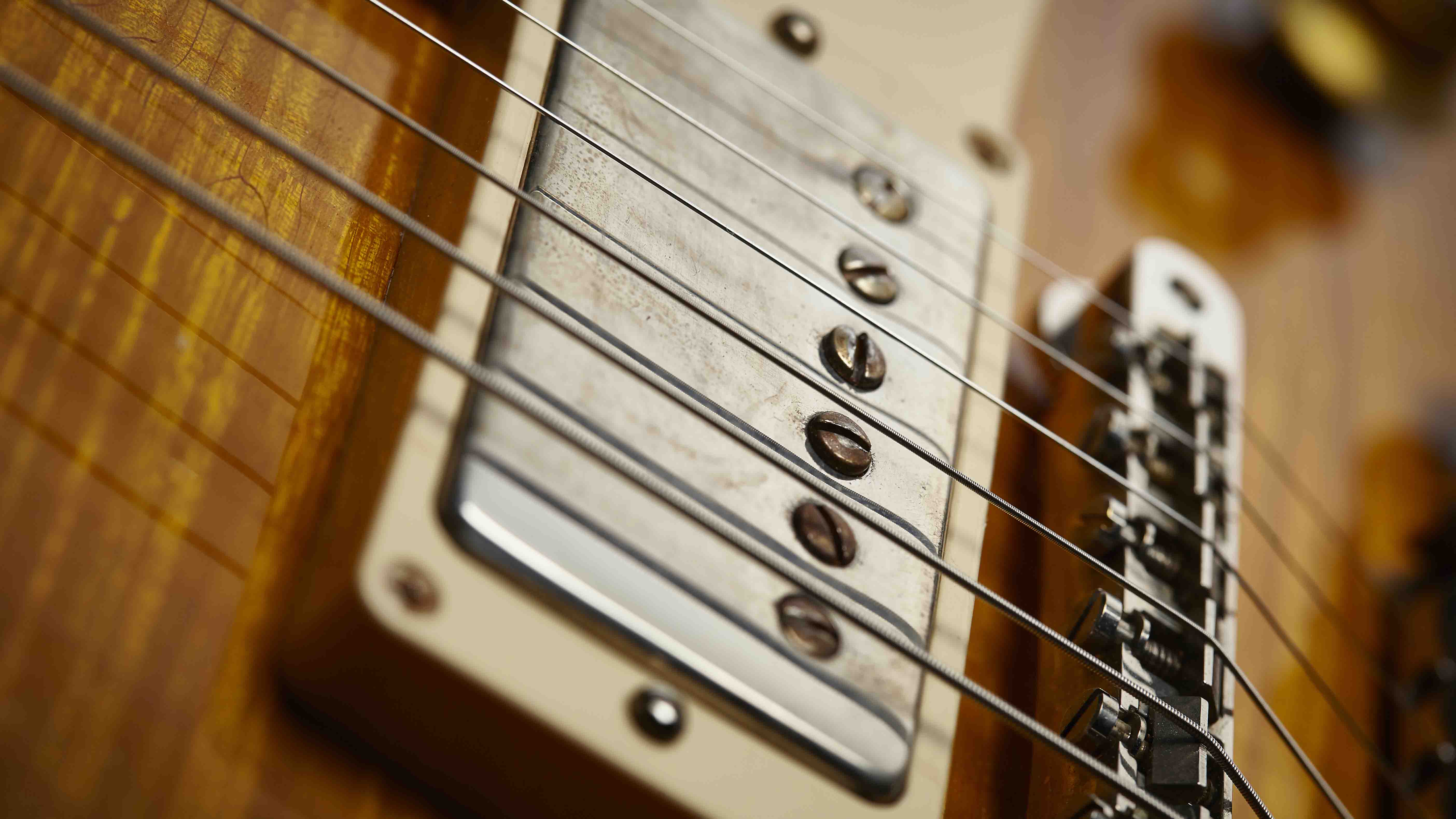
In 1957, Gibson pulled off a master stroke when it unveiled a new pickup that would exorcise the 60 cycle hum that plagued its existing P90 pup and those Fender single coils.
The man behind the newly christened ‘humbucker’ was Seth Lover. The pickup would find its way onto the now iconic ’59 Les Paul Standard, considered the greatest electric guitar of all time, and the groundbreaking Flying V and Explorer.
‘The Quiet One’ changes the world
The most pivotal, epoch-making and important guitar moment in history, bar none, occurred when The Beatles appeared on The Ed Sullivan Show for the first time on February 9, 1964. 73 million people watched John, Paul, George and Ringo perform.
Among those millions were kids like Bruce Springsteen and the recently departed Tom Petty who knew what they wanted to do with their lives the moment they saw ‘The Quiet One’ George Harrison play his Gretsch guitar.
Jimmy Page pulls a fast one
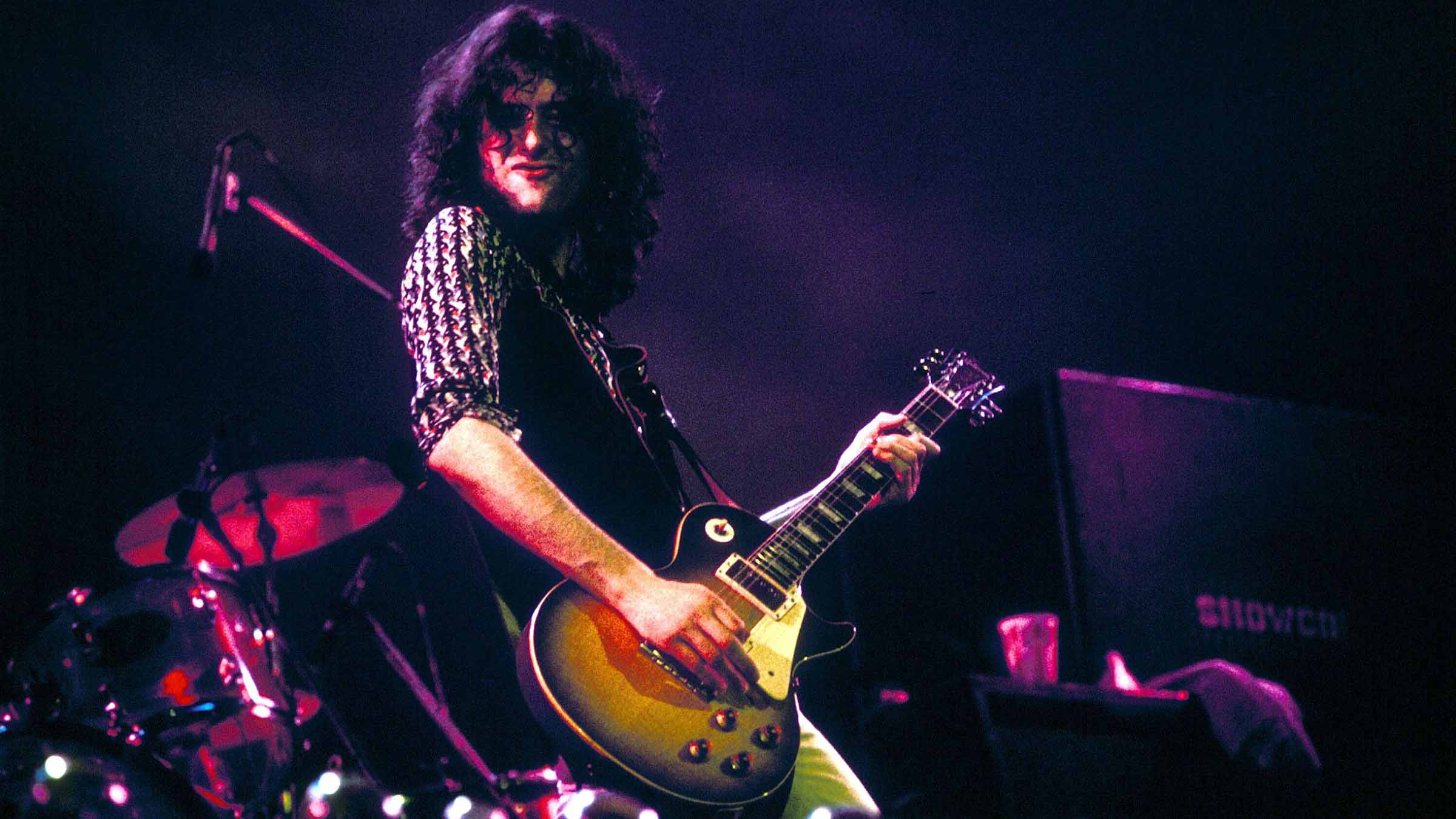
There are still countless guitarists who think that Jimmy Page played a Les Paul through a Marshall stack on the first Led Zeppelin album. Well, get this. It was actually his old ’59 Yardbirds Telecaster rattling the speakers in Jimmy’s then preferred old US Supro valve amps.
Jimmy would later use the same setup for the solo on a little ditty called Stairway To Heaven. A lot of people assume that was a Les Paul moment too...
Jimi deconstructs the Star Spangled Banner

Jimi Hendrix changed the sound of rock guitar forever when he laid into the American national anthem to a huge crowd of counter-culture soap-dodgers at the Woodstock Festival in 1969.
Using fuzz, feedback and extreme whammy bends, Hendrix makes his Fender Stratocaster scream and wail. In his hands, the guitar wasn’t just something you strum, it became a living thing.
Sister Rosetta invents rock’n’roll
There are a lot of opinions floating around as to who invented rock’n’roll. Jackie Brenston and His Delta Cats 1951 Sun recording Rocket 88 is a front runner. Our money is on Gospel singer Sister Rosetta Tharpe. Her 1945 hit Strange Things Happening Everyday is rock’n’roll by any other name, propelled by her lightning fast picking and hollered chorus.
No wonder she was named as a major influence by Elvis Presley, Johnny Cash and Chuck Berry.
Muddy Water plugs in. We all get electrified

When McKinley Morganfield aka Muddy Waters moved from the Mississippi Delta to Chicago in the early 40s he also made the switch from acoustic guitar to electric. The blues clubs in the Windy City were bigger and rowdier than the rural juke joints he’d played in the Deep South and he needed volume to be heard.
Muddy set in motion the blueprint of the modern rock band with a bass, drums, rhythm guitar lineup. The new electric sound he pioneered on recordings for Chess Records gave birth to bands like The Rolling Stones, The Animals, The Yardbirds and Dr Feelgood.
Satisfaction guaranteed
Keef Richards was only showing what he wanted a horn section to play when he used a Maestro fuzz box to cut the riff on The Rolling Stones 1965 smash (I Can’t Get No) Satisfaction.
In the aftershock, every kid had to own a fuzz box, so Maestros were suddenly no longer dead stock and the US garage rock phenomena was born. The road to hard rock guitar starts here.
Vox breaks all the rules

When British amp brand Vox released its AC15 model in 1958, it was more groundbreaking than anyone at the time could know. Up to that point amplifier distortion was considered a fault, something to be eradicated with a ‘negative feedback circuit’.
When Vox designer Dick finalised his AC15 model he omitted the circuit thus allowing the onboard EL-84 valves to be pushed into overdrive. Genius.